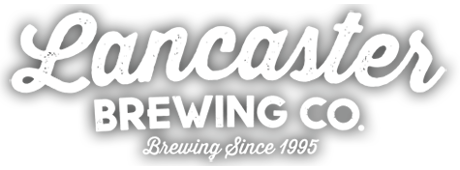Two Classifications of Beer: Lager and Ale
There are two primary classifications for beer under which all styles fall. Ale is one and lager is the other.
The difference between the two categories has nothing to do with alcohol content, bitterness, or color. In order to understand the difference between them we will have to get a little bit beer geeky and look at the brewing processes involved. The difference between an ale and a lager comes down to three main differences in the brewing process which will be discussed below.
1. Yeast
Ales are made with top-fermenting strains of yeast which means that the yeast ferments at the top of the fermentation tank. Actually, they typically rise to the top of the tank near the end of fermentation. Ale yeasts also tend to produce chemicals called esters that can affect the flavor of the beer, depending on which strain of yeast is used. Note that in rare cases, there are some brewers that use bottom-fermenting yeasts to make ales.
Lagers use bottom-fermenting yeasts which sink to the bottom of the tank and ferment there. Because they collect on the bottom of the tank, they can often be reused. The yeast in lagers does not usually add much in the way of flavor. This typically comes from the other ingredients in the brew (malt, hops, etc).
2. Temperature and Time
Ale yeasts ferment best at warmer temperatures, usually around room temperature and up to about 75°F. For this reason, they tend to mature and ferment faster than lagers.
Lagers ferment at colder temperatures (46-59°F). Historically, lager beers came from continental European countries like Germany, brewed where cooler temperatures are the norm. The word “lager” comes from the German word “lagern” which means store. This refers to the lagering process where the beer typically ferments over longer periods of time than ales. The combination of colder temperatures and bottom-fermenting yeast is responsible for the mild and crisp taste of most lagers.
3. Additional Ingredients
Ale recipes often contain a higher amount of hops, malt and roasted malts, hence they typically have a more prominent malty taste and bitterness.
Furthermore, brewers of ales seem to be more experimental than lager brewers and often add additional ingredients known as adjuncts to their brews. This can partially be attributed to the German 1516 beer purity law (Reinheitsgebot) which basically limits beer ingredients to malted grain, hops, yeast and water (preventing the use of adjuncts). From what I have seen, more lager brewers adhere to this law (particularly in Germany because they have to) than brewers of ales. The inception of the law was founded in a noble cause to prevent brewers from skimping on quality in order to save money by using cheaper ingredients. The problem is that the law is outdated and has stifled creativity in many European breweries that specialize in lagers and still follow this law.
What’s your favorite style of beer?
Well, don’t waste too much time thinking about this… But, it is ironic that ales tend to be higher rated and get more respect than lagers despite the fact that it is usually more difficult and takes longer to brew a lager than an ale. Like many, I also prefer lagers to ales.
Here are some links to read more about the various styles of beers.
This is a great site from Craftbeer.com that explains all the styles of beer: http://www.craftbeer.com/pages/style-finder
Michael Jackson – The Beer Hunter: http://www.beerhunter.com/beerstyles.html
Cheers,
Bill Moore, Brewmaster
Lancaster Brewing Company

Recent Comments